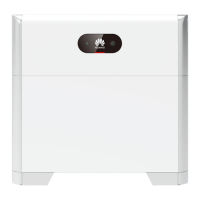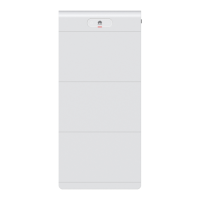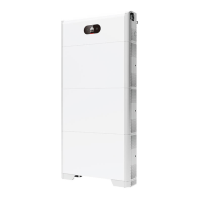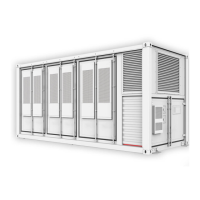LUNA2000-(5-30)-S0
User Manual
3 Application Scenarios and Settings
Copyright © Huawei Technologies Co., Ltd.
Figure 3-3 Inverter (with batteries) + Inverter (with batteries)
Table 3-2 Mapping relationship
SUN2000-(2KTL–6KTL)-L1/SUN
2000-(3KTL–10KTL)-M1
SUN2000-(2KTL–6KTL)-L1/SUN2000-(3K
TL–10KTL)-M1
3.1.2 Setting the Grid-tied ESS Mode
The grid-tied ESS has three main working modes: self-consumption, time-of-use, and excess
fed to the grid.
Self-Consumption
This mode applies to areas where the electricity price is high, or areas where the FIT
subsidy is low or unavailable.
Excess PV energy is stored in batteries. When PV power is insufficient or no PV power
is generated at night, batteries discharge to supply power to the loads, improving the
self-consumption rate of the PV system and the self-sufficiency rate of residential energy,
and reducing electricity costs.
In this mode, Maximum self-consumption is selected. By default, the charge cutoff
capacity is 100% and the discharge cutoff capacity is 0% for Huawei LUNA2000
batteries. For details about how to change the charge or discharge cutoff capacity, see 6.3
Battery Commissioning.

